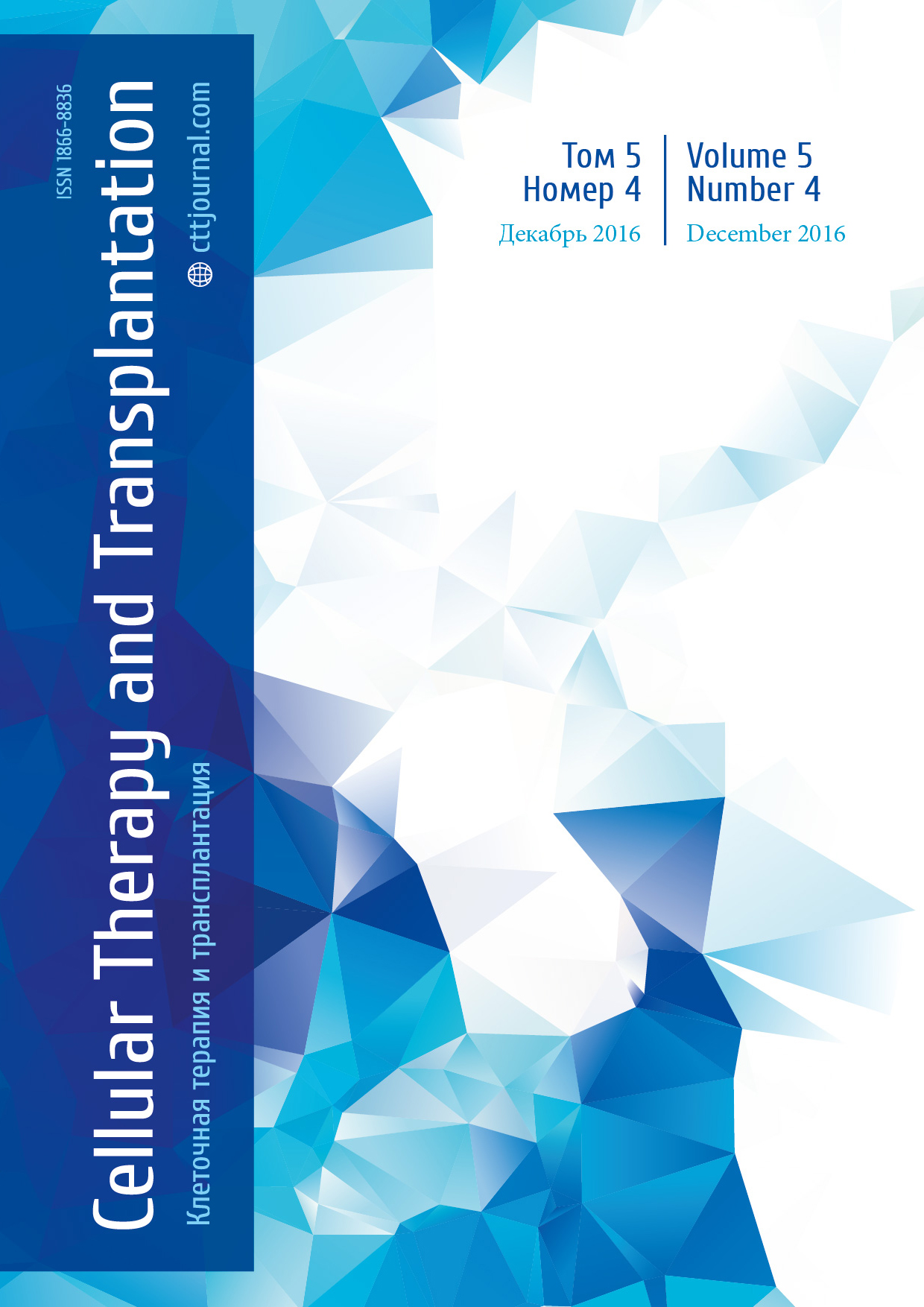12/30/2016 02:22:00 pm

Afanasyev B. V. (St. Petersburg, Russia)
Wagemaker G. (Rotterdam, Netherlands)
Zander A.R. (Hamburg, Germany)
Fehse B. (Hamburg, Germany)
Chukhlovin A. B. (St. Petersburg, Russia)
Aleynikova O. V. (Minsk, Belarus)
Borset M. (Trondheim, Norway)
Chechetkin A. V. (St. Petersburg, Russia)
Fibbe W. (Leiden, Netherlands)
Galibin O. V. (St. Petersburg, Russia)
Hölzer D. (Frankfurt a.M., Germany)
Klimko N. N. (St. Petersburg, Russia)
Kolb H.-J. (München, Germany)
Kröger N. (Hamburg, Germany)
Kulagin A. D. (St. Petersburg, Russia)
Lange C. (Hamburg, Germany)
Mamaev N. N. (St. Petersburg, Russia)
Mikhailova N. B. (St. Petersburg, Russia)
Moiseev I. S. (St. Petersburg, Russia)
Nagler A. (Tel-Aviv, Israel)
Nemkov A. S. (St. Petersburg, Russia)
Paramonov I. V. (Kirov, Russia)
Roumiantsev A. G. (Moscow, Russia)
Savchenko V. G. (Moscow, Russia)
Smirnov A. V. (St. Petersburg, Russia)
Uss A. L. (Minsk, Belarus)
Zubarovskaya L. S. (St.Petersburg, Russia)
In the past few years there is a rising opinion in the scientific circles that the prospects of hematopoietic stem cell transplantation (HSCT) are diminishing due to approval of novel target and immunomodulating agents.
These targeted anticancer drugs have drawn attention of clinicians, scientists and social media. For instance, imatinib and other tyrosine kinase inhibitors (TKI’s) proved to be the first ‘magic’ bullet applied for treatment of chronic myeloid leukemia and other Ph-positive malignancies. Development of JAK-2 inhibitors (Ruxolitinib) paved further ways in therapy of some chronic myeloproliferative neoplasms.
A less specific approach includes eradication of malignant cell populations expressing a typical surface marker which could be attacked by the cytolytic drug. Clinical experience brings great expectations for Blinatumomab, an anti-CD-19/ CD3 bi-specific antibody applied for treatment of B-cell acute lymphoblastic leukemia (B-ALL). Hodgkin’s disease, another common disorder, is now more curable with cytolytic drug-antibody conjugate, Brentuximab, an anti-CD30+ monoclonal antibody.
The most encouraging results in clinical oncology have been quite recently obtained with the so-called immune checkpoint inhibitors which proved to be effective in a variety of solid tumors, as well as in hematological malignancies. Nivolumab, a PD-1 inhibitor, is the most advanced drug developed in the field. Specific action of these drugs on the target cells is based on blockage of a molecular checkpoint which regulates T-cell switch towards apoptosis. However, precise therapeutic effects of PD1-inhibitors should be further elucidated. In particular, we are only in the beginning of the path to understanding the mechanisms, facilitating the sensitivity and resistance to this group of agents. Therefore, several years are required in order to specify the place of PD-inhibitors in the treatment of different tumors.
Meanwhile, with accumulation of clinical data, it becomes clear that novel agents do not substitute HSCT, but rather significantly extend its curative potential through achievement of deeper remissions before the transplant and prevention of relapse as post-transplant therapy. This is particularly important for the patients resistant to conventional chemotherapy, and novel agents are applied as a ‘bridge’ to the subsequent hematopoietic transplantation. In this respect, further clinical studies are required for TKI’s, Blinatumumab, Brentuximab, immune checkpoint inhibitors, and other targeted drugs. On the other hand, there is emerging data that some of the target agents, like TKIs or Ruxolitinib, bear the significant potential for modulating graft-versus-host and graft-versus-leukemia effects, thus further improving the results of HSCT.
We are awaiting new reviews and original articles on the targeted drugs designed for treatment of oncological disorders. The CTT Journal is becoming popular among Russian- speaking specialists in the field of hematopoietic stem cell transplantation, due to broader coverage of different topics related to cellular therapy. The Journal is indexed in Scopus, thus increasing its visibility in the World Web. Moreover, the articles published in CTT are now adopted for Doctor’s Thesis by the Russian Higher Attestation Commission. We hope that the number of our authors and readership will also increase with time.
Clinical articles
Experimental studies
Anna G. Smirnova, Ludmila S. Zubarovskaya, Boris V. Afanasyev

